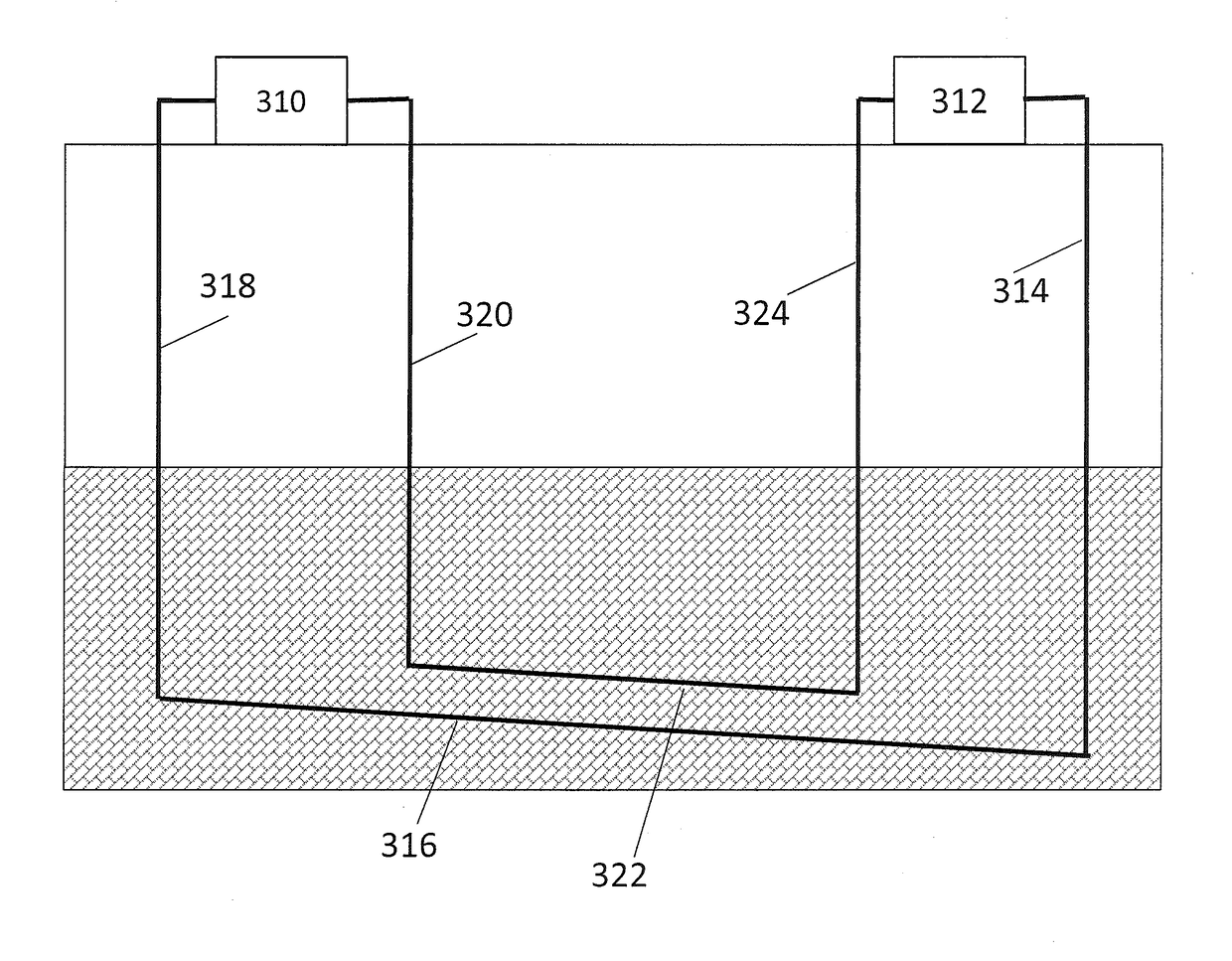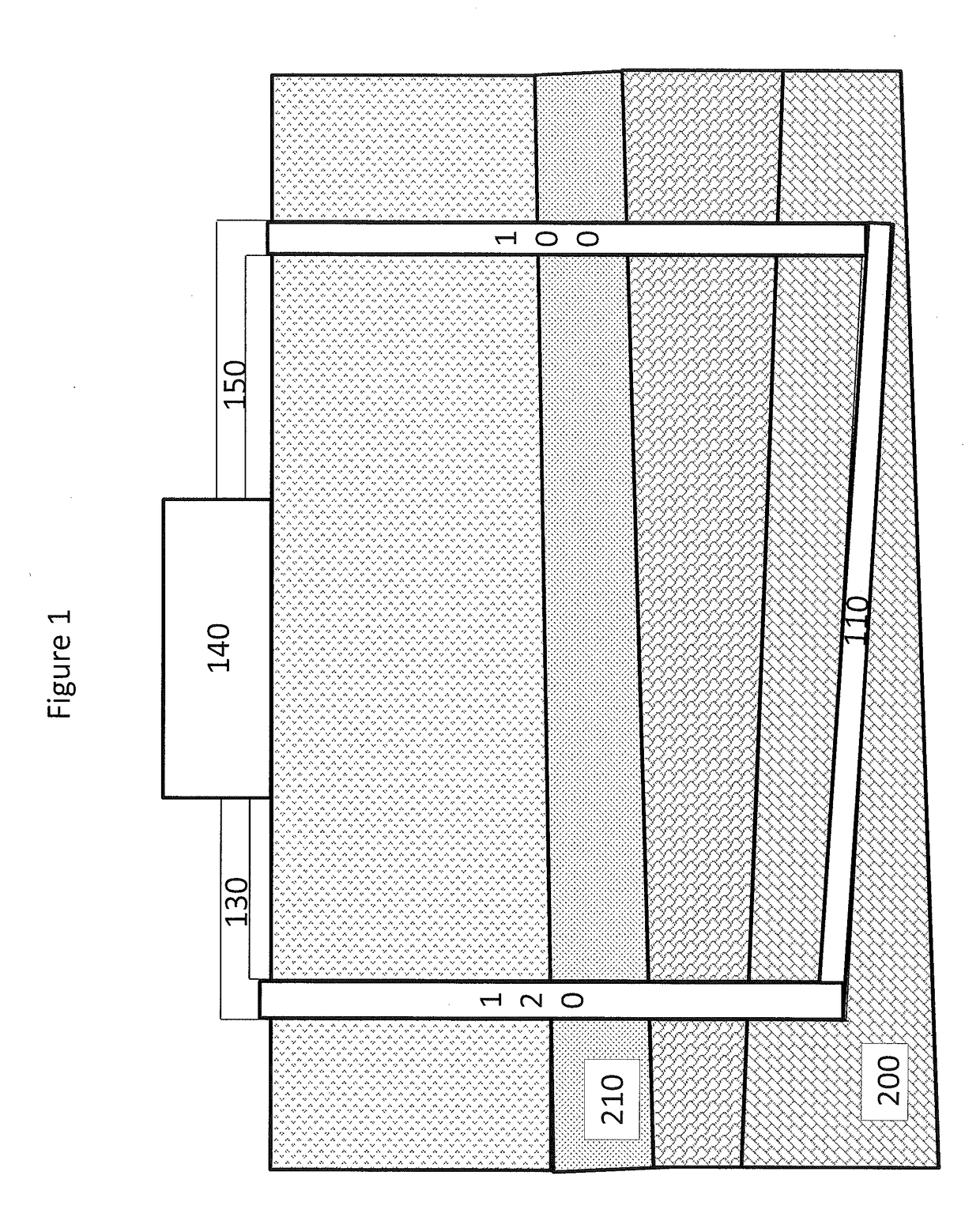Process and method of producing geothermal power
a technology of geothermal power and process, applied in the field of power generation, can solve the problems of difficulty in creating a sufficient flow of hot water, power only accounts for about 1% of the global energy portfolio, and is only cost-competitive with other forms of power generation
- Summary
- Abstract
- Description
- Claims
- Application Information
AI Technical Summary
Benefits of technology
Problems solved by technology
Method used
Image
Examples
Embodiment Construction
[0015]Embodiments disclosed herein relate to systems and methods for producing geothermal power. More specifically, embodiments disclosed herein relate to systems and methods for producing electrical power using closed-loop systems that advantageously use supercritical heat transfer fluids indirectly heated via conduction, convection, and advection within a geothermally-heated formation.
[0016]Geothermal power systems according to embodiments herein may include a well system that runs through a geologic formation. The permeability in this formation may be naturally occurring or it may be enhanced using a range of technologies, such as hydraulic fracturing, pressure shearing, explosive charges, acidification or thermal shearing.
[0017]The geologic formation contains geothermal heat and a formation fluid (i.e., a first heat transfer medium or heat transfer fluid) to transfer that heat via indirect heat exchange to a circulating fluid, a second heat transfer medium or fluid circulating t...
PUM
 Login to View More
Login to View More Abstract
Description
Claims
Application Information
 Login to View More
Login to View More - R&D
- Intellectual Property
- Life Sciences
- Materials
- Tech Scout
- Unparalleled Data Quality
- Higher Quality Content
- 60% Fewer Hallucinations
Browse by: Latest US Patents, China's latest patents, Technical Efficacy Thesaurus, Application Domain, Technology Topic, Popular Technical Reports.
© 2025 PatSnap. All rights reserved.Legal|Privacy policy|Modern Slavery Act Transparency Statement|Sitemap|About US| Contact US: help@patsnap.com



